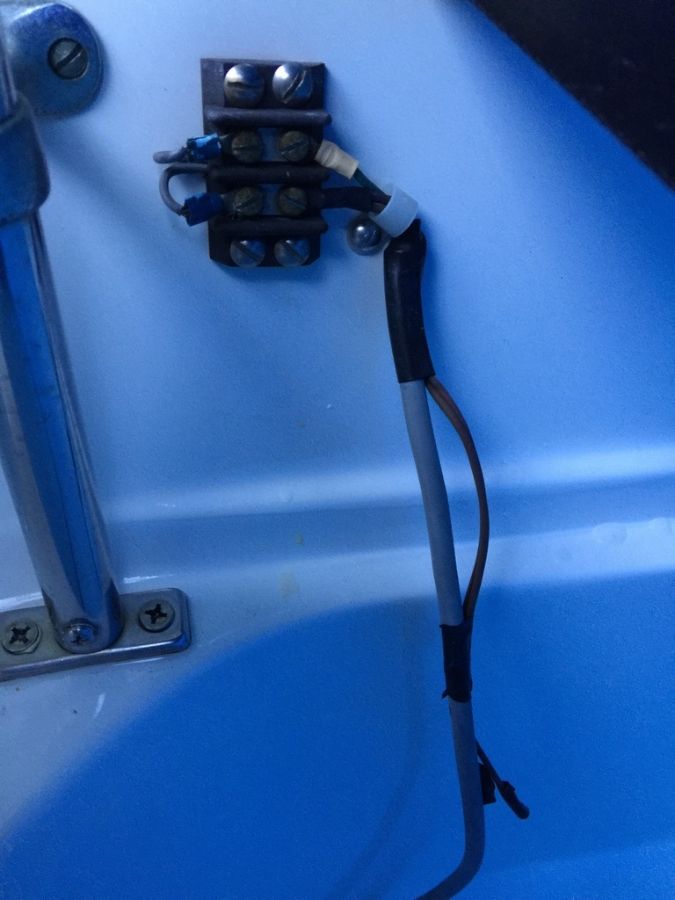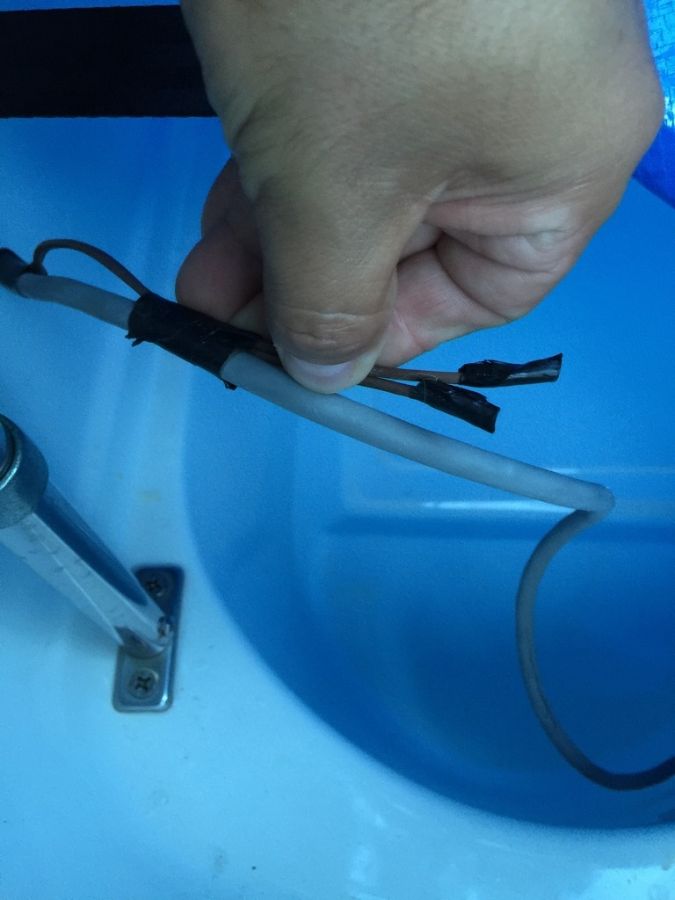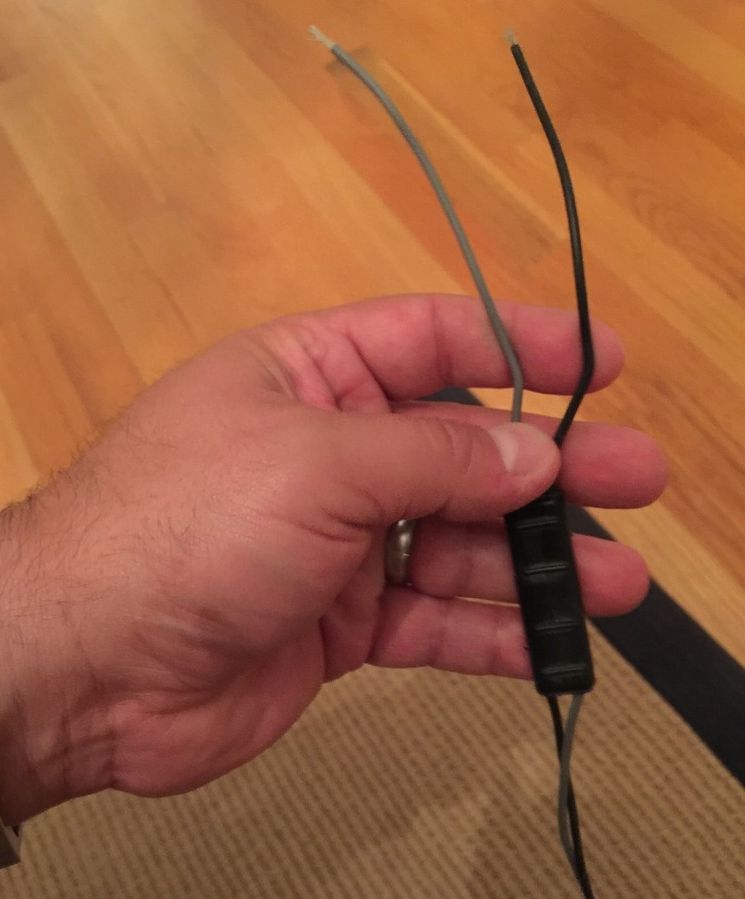Postby jimh » Wed Jul 20, 2016 7:36 pm
BASIC ELECTRICAL TROUBLESHOOTING or DIAGNOSIS
Basic electrical troubleshooting procedures will help you find many simple electrical problems on small recreational boats.
Begin at the load where you anticipate having voltage. Measure the voltage. If there is no voltage, follow the conductor from the load back toward the source of the voltage. When you reach the next device, measure the voltage. At some point you will find the voltage. You have now found the point from which the problem is downstream. Begin to inspect all devices such as connections, splices, terminals, fuses, switches, circuit breakers, lugs, crimps, etc., looking for some device or connection which has failed. In this way you will locate the problem. When you locate the device causing the problem you can choose to repair or replace the device.
In circuits which operate at 12-volts DC it is very common that a slight bit of corrosion or insulation on a conductor will prevent conduction. With a low voltage circuit the Electromotive Force (EMF) or voltage will not be able to jump through the insulating layer and restore the circuit. In higher voltage circuits the EMF can jump through small amounts of insulating corrosion and self-restore the circuit. With 12-volts it takes but a very thin layer of insulation to prevent flow of current.
Because boats are operating in a wet environment, it is common for electrical connections to become corroded. If you have any bare copper conductors, they will form an oxide of copper which may not be conductive. Silver is much preferred because silver oxides are conductive. For this reason almost all wiring used in a marine application should be tinned and connections should be tinned or silver plated, not bare copper.
Switch contacts should not be cleaned with rough abrasives. Usually a switch contact can be restored by careful cleaning. If an abrasive is needed use 600-grit emery cloth. You can wet-sand with a cleaner like WD-40. The contacts should be very smooth, almost polished. Do not abrade-away the precious metal (gold or silver) of the actual contacts.
Another maxim I have developed after many years of experience:
If trouble develops in any battery operated electrical system, the first component to check is the battery.


